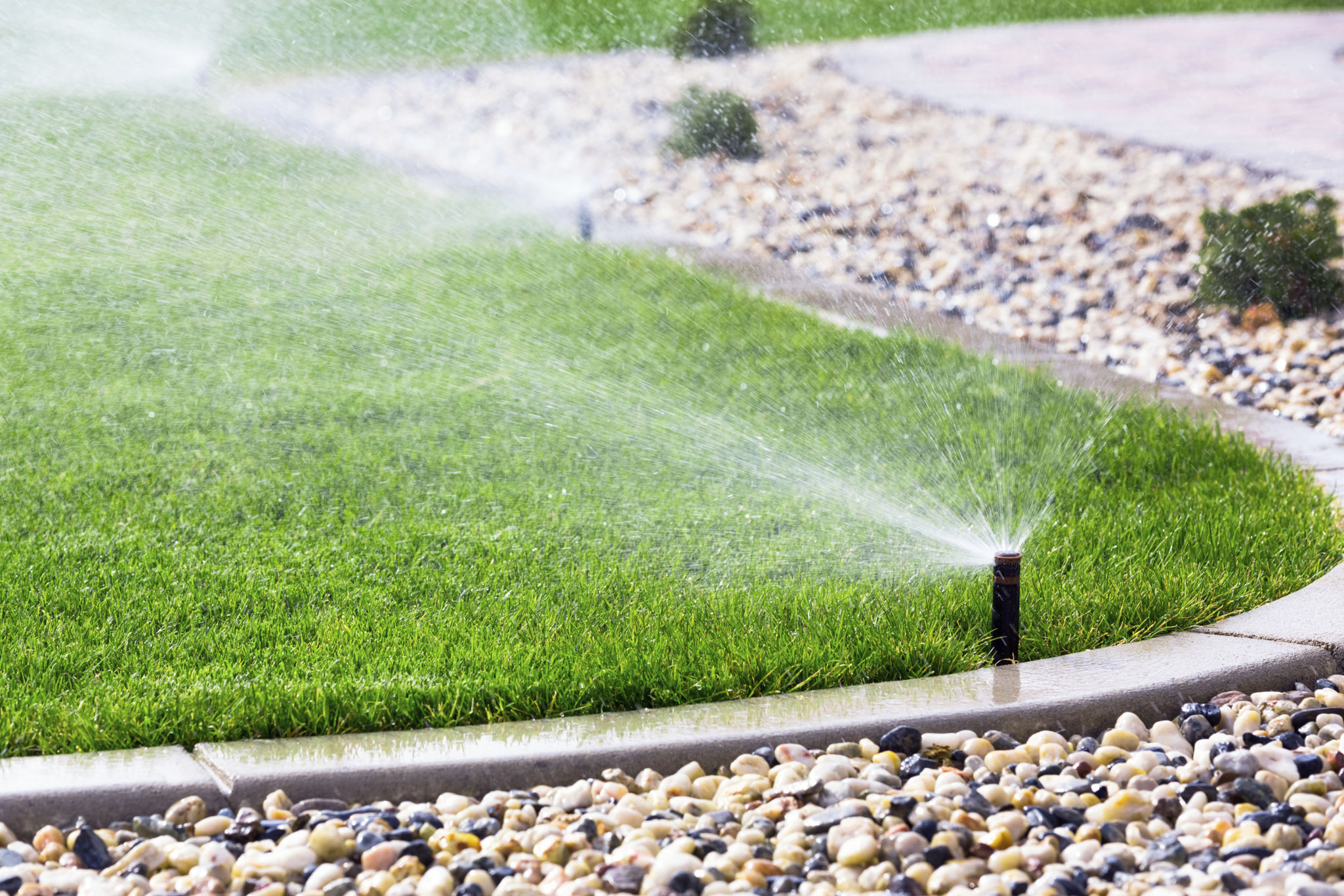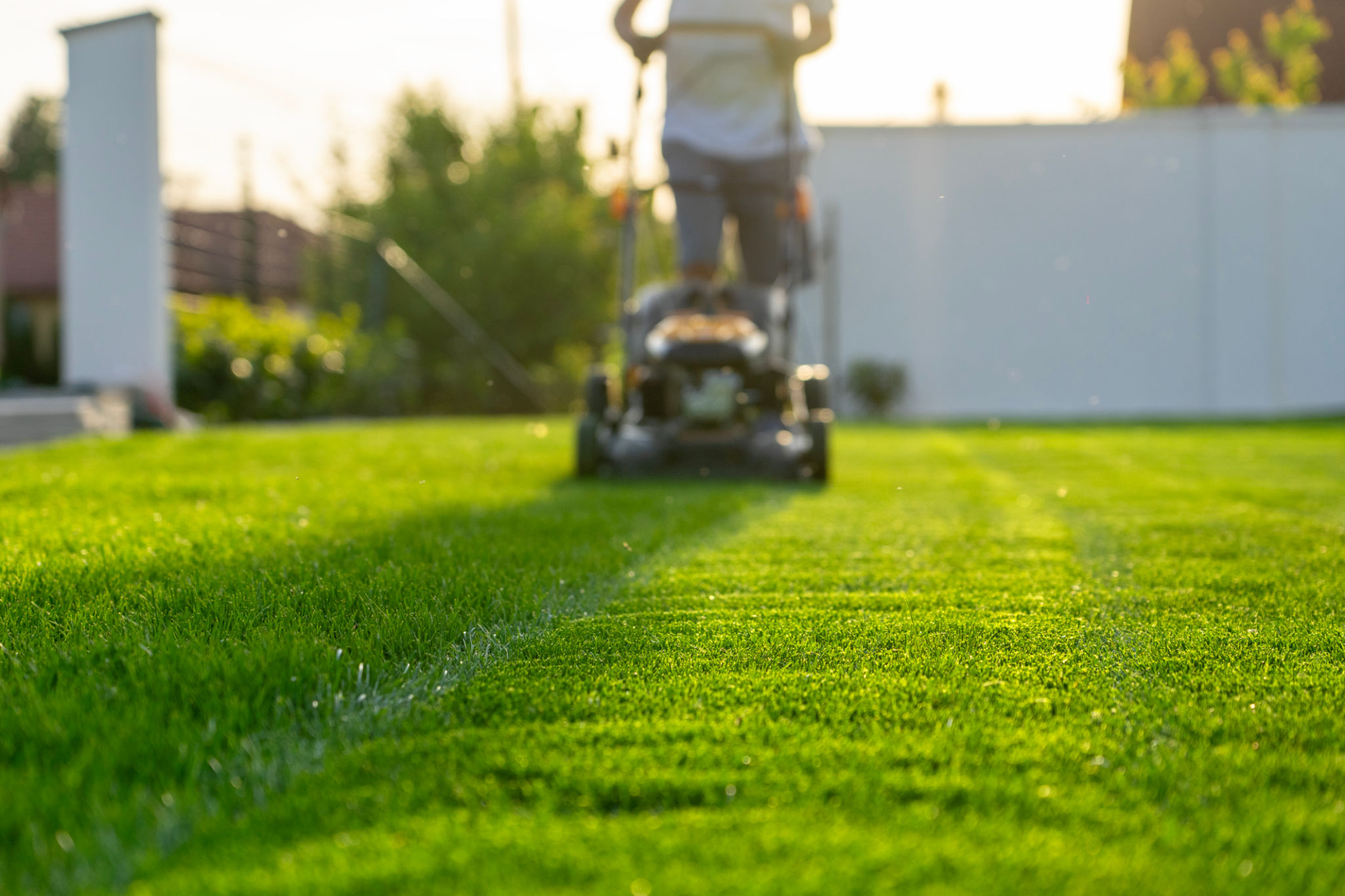How Often Should You Water Your Lawn?
Ro
Understanding Your Lawn’s Water Needs
Caring for a lush, green lawn requires more than just occasional mowing and fertilizing; proper watering is essential to maintaining its health and appearance. But how often should you water your lawn? The answer isn’t one-size-fits-all, as it depends on various factors such as climate, grass type, and soil conditions.
Your lawn’s water needs are influenced by local climate conditions. In hotter, drier areas, grass will need more frequent watering compared to cooler, wetter regions. Understanding your local weather patterns can help you tailor your watering routine accordingly.

Different Grass Types and Their Requirements
Not all grass types require the same amount of water. For instance, cool-season grasses like fescue and bluegrass need consistent moisture and may require watering about once a week. On the other hand, warm-season grasses such as Bermuda and St. Augustine are more drought-tolerant and can thrive with less frequent watering.
It’s crucial to know which type of grass you have in your lawn to adjust your watering schedule appropriately. This ensures that you’re not over or under-watering, which can affect the growth and health of your grass.

Soil Type: A Key Factor
Your soil type plays a significant role in determining how often you should water your lawn. Sandy soils drain quickly and may require more frequent watering, whereas clay soils retain moisture longer, reducing the need for frequent watering. Conducting a soil test can provide valuable insights into how your soil affects water retention.
Understanding your soil’s characteristics allows you to implement a more efficient watering strategy, ensuring that water is being used effectively without wastage.

Signs Your Lawn Needs Water
Paying attention to your lawn’s appearance can provide clues about its watering needs. Signs that your lawn may require water include wilting, a bluish-gray tint, or footprints that remain visible after walking across the grass. Observing these signs can help you decide when it’s time to water.
By responding to these visual cues, you can ensure that your lawn receives the right amount of water at the right time, promoting healthy growth.
Watering Best Practices
For optimal results, it’s best to water your lawn early in the morning when temperatures are cooler and winds are calmer, reducing evaporation. Aim for deep, infrequent watering rather than light, frequent sprinkling. This encourages deeper root growth, making your lawn more drought-resistant.
- Water early in the morning.
- Aim for deep, infrequent watering.
- Adjust based on weather conditions.
Following these best practices can help maintain a healthy lawn while conserving water.

Using Technology to Aid Watering
Advancements in technology have made it easier to manage lawn watering efficiently. Smart irrigation systems and soil moisture sensors can help automate watering schedules based on real-time data, ensuring your lawn receives the right amount of water without manual intervention.
These tools can be particularly beneficial for those with busy lifestyles or for anyone looking to incorporate sustainable practices into their lawn care routine.
Conclusion: Tailor Your Watering Plan
The key to a thriving lawn lies in understanding its unique needs and tailoring your watering schedule accordingly. By considering factors like climate, grass type, soil conditions, and employing modern technology, you can develop an effective watering plan that keeps your lawn vibrant and healthy throughout the season.
For personalized advice and expert assistance, consider reaching out to Milson Services. Our team is here to help you achieve the lawn of your dreams.
